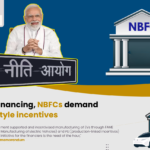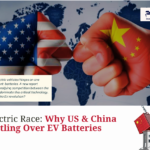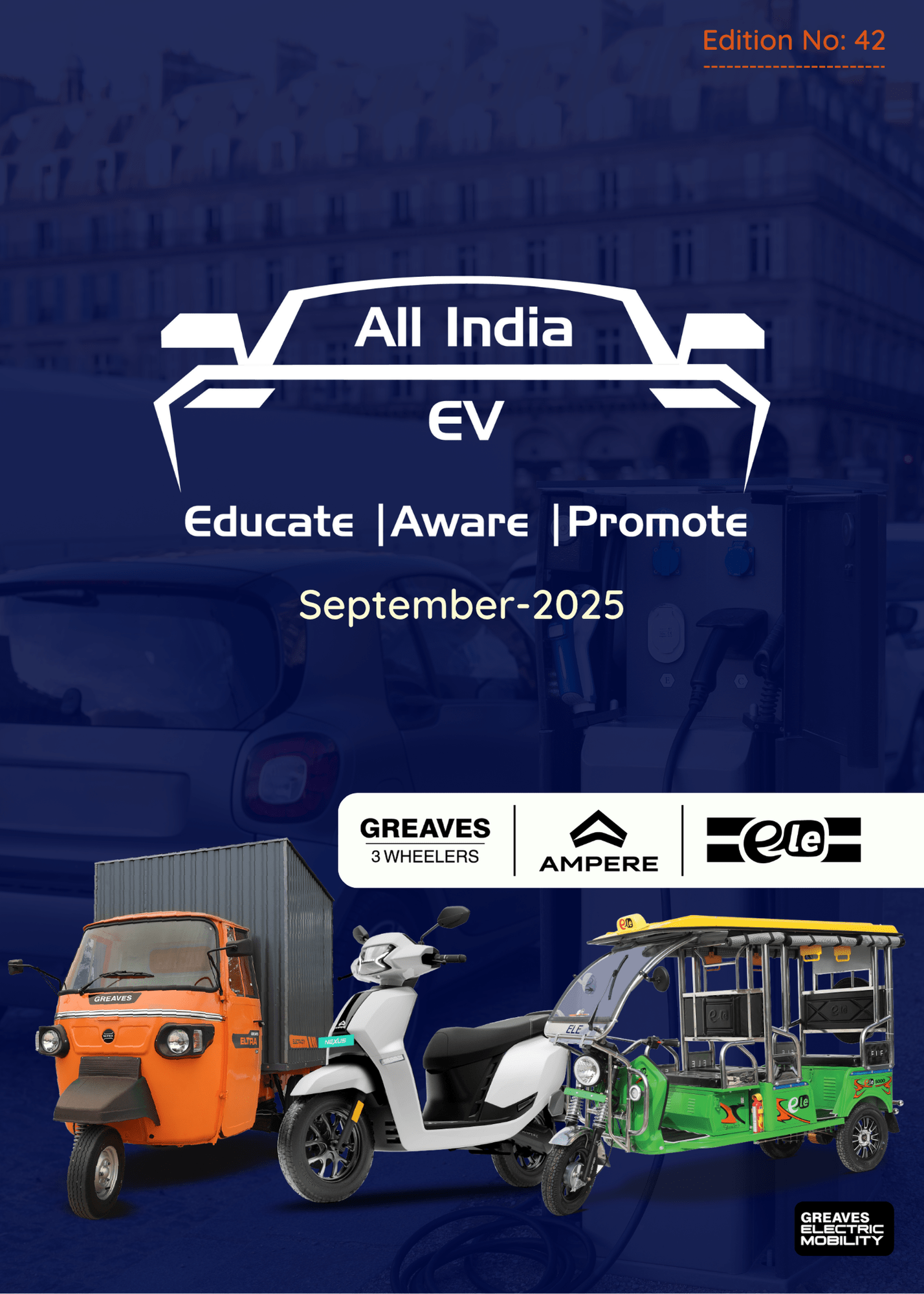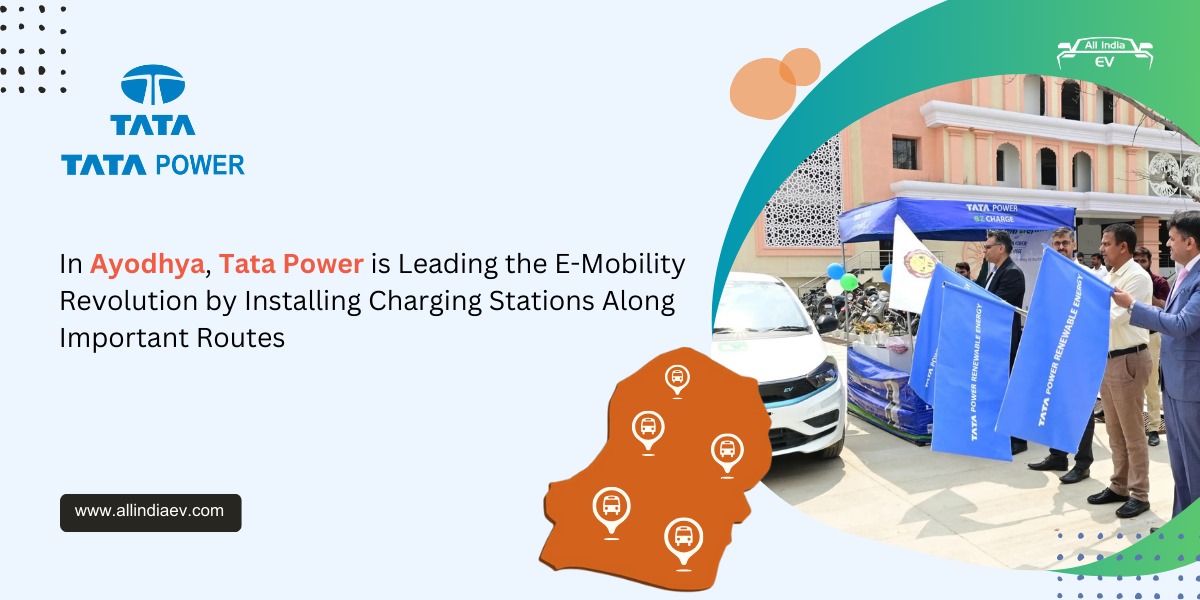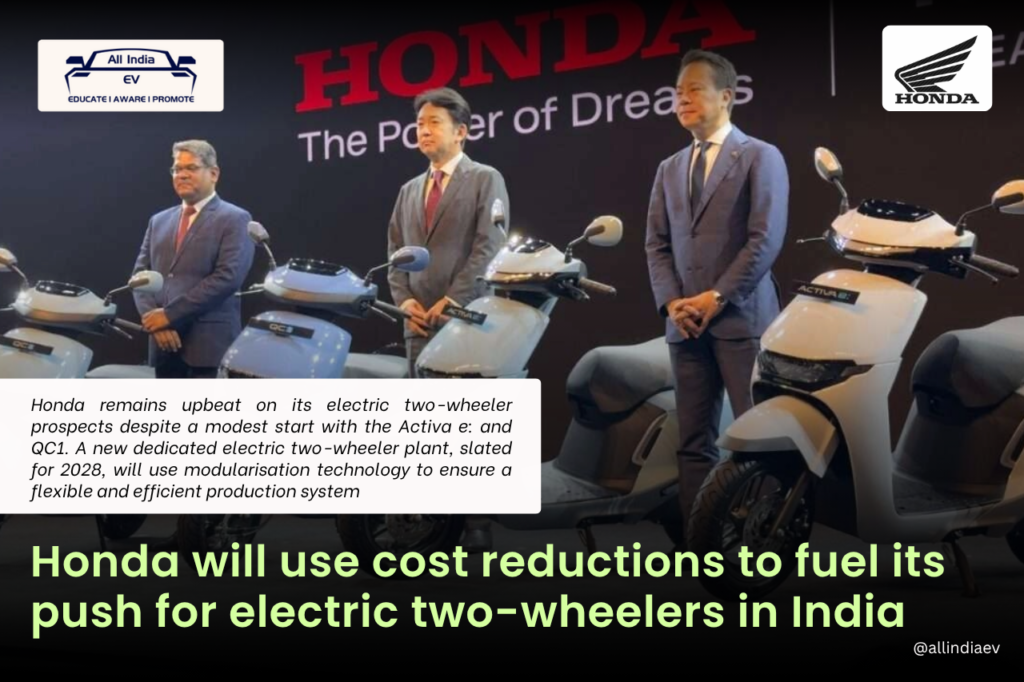
Honda Optimistic on Electric Two-Wheeler Growth; Plans New Dedicated EV Plant by 2028 with Modularisation Tech for Flexible, Cost-Efficient Production Following Activa e: and QC1 Launch
- Modest debut but long-term confidence
- New electric two-wheeler factory by 2028
- A global rollout of electric mobility
- Advanced production and lightweight technology
- Connected technologies for safer riding
- Flex-fuel and hybrid strategies alongside EVs
- Safety at the core of Honda’s mobility mission
- Cost efficiencies and localization — the road to mass EV adoption
- The road ahead
Japanese auto giant Honda Motor Co. is preparing for an aggressive push into India’s electric two-wheeler (E2W) segment, backed by cost-efficient production strategies, a new EV-dedicated factory, and advanced localization initiatives. Despite a slow start with its Activa e: and QC1 models, the company aims to become a major player in the country’s booming electric mobility market by leveraging its manufacturing expertise, sustainability goals, and local partnerships.
Modest debut but long-term confidence
Honda’s entry into India’s electric scooter segment earlier this year with the Activa e: and QC1 has yielded modest results so far — around 1,000 units sold monthly, with the QC1 leading sales. This figure pales compared to the company’s dominant position in the ICE (internal combustion engine) market, where it competes closely with Hero MotoCorp.
However, the company’s recently published Integrated Report 2025 reveals strong optimism. “As with the ICE business, the Indian market is key to the expansion of the electric business,” Honda stated. With the government’s push toward electrification and an estimated 1.1 million-unit E2W market, Honda views India as a cornerstone for its global EV growth.
New electric two-wheeler factory by 2028
To cater to rising demand, Honda plans to establish an all-new electric two-wheeler plant in India, scheduled to begin operations in 2028. The plant is expected to be located in Karnataka, where Honda’s existing electric vehicle portfolio is based.
“At the new factory, by adopting modularisation technology and other measures, we aim to create a flexible and highly efficient production system by reducing the length of the assembly line by about 40% compared to the conventional setup,” the report said.
The new facility will feature automation, labour-saving systems, and a localized supply chain to cut costs and deliver competitively priced EVs. Honda aims to blend its ICE experience with the strengths of electrification, striving to achieve the top market share in India’s E2W segment.
A global rollout of electric mobility
Honda’s electric transformation began globally in 2024, with the rollout of the CUV e: (with swappable batteries) and ICON e: (with fixed batteries) in Indonesia. In February 2025, India saw the debut of the Activa e: and QC1, marking the brand’s first dedicated EV models for the local market.
By the end of 2025, Honda plans to introduce a new “FUN” electric model featuring an updated e-mobility logo. The company’s dual-clutch transmission (DCT) and electronically controlled clutch (e-clutch) technologies will be key to ensuring riding comfort, safety, and performance.
At EICMA 2024 in Milan, Honda unveiled its new V3 engine equipped with an electric compressor, designed to deliver powerful performance, improved fuel economy, and reduced emissions. The engine is expected to power upcoming FUN models, reinforcing Honda’s commitment to combining performance with sustainability.
Advanced production and lightweight technology
Honda is also advancing its production technologies to create lighter, stronger, and more efficient two-wheelers. The report highlights innovations such as thinning aluminium components, replacing materials with lightweight steel, and using advanced processing technologies to enhance both durability and agility.
In parallel, the company is integrating recycled materials across all new models to minimize environmental impact. “We are gradually expanding the application of recycled materials to our models,” Honda noted.
On the energy front, Honda is installing solar panels at its factories and introducing storage systems to utilize renewable power. These efforts are part of its global carbon-neutrality roadmap, which aims for a highly efficient, flexible production ecosystem across the entire value chain.
Connected technologies for safer riding
Honda’s electrification journey goes hand-in-hand with the development of smart, connected features. The company’s Honda RoadSync system allows riders to access navigation, music, and calling functions via smartphone integration — enhancing both convenience and safety.
“Going forward, we will expand the range of models to which this system is applied,” the report states. By collecting and analyzing riding data and usage patterns, Honda aims to anticipate rider needs, detect potential risks, and deliver more personalized and secure riding experiences.
These connected features not only elevate product value but also create post-purchase opportunities for updates and service enhancements — ensuring that Honda’s EVs evolve even after they hit the road.
Flex-fuel and hybrid strategies alongside EVs
Honda’s Indian strategy is not limited to electric mobility. The company continues to invest in flex-fuel and hybrid ICE technologies to align with India’s biofuel and transition policies.
“Particularly in emerging countries, while steadily assessing the transition process toward electrification, we will provide products that achieve both environmental performance and convenience,” the report notes.
As part of this commitment, Honda introduced the E85-compatible CB300F flex-fuel motorcycle, in line with the Indian government’s bioethanol adoption drive.
Moreover, the company is exploring battery reuse projects. In partnership with external stakeholders, Honda has initiated programs to repurpose Mobile Power Pack e: units to provide electricity to small businesses, schools, and rural areas lacking reliable power infrastructure.
“Going forward, we will work on establishing a circular value chain that includes the recovery of materials such as rare earth elements in batteries,” Honda said, signalling a push toward sustainability and resource efficiency.
Safety at the core of Honda’s mobility mission
Alongside electrification, safety remains a top priority for Honda. The company aims for zero traffic collision fatalities involving its two-wheelers and automobiles globally by 2050.
“In cooperation with industry and governments, we are implementing global safety measures through both hardware and software,” Honda’s report states. This includes advanced braking systems, high-visibility lighting, and rider-assistance technologies expected to become standard across its models by 2030.
Honda is also expanding rider education and awareness programs, targeting all age groups. “Through such rider education, we will help raise safety awareness around the world,” the company added.
Cost efficiencies and localization — the road to mass EV adoption
As competition intensifies with Ola Electric, Ather Energy, TVS Motor, and Bajaj Auto leading the domestic EV space, Honda’s strategy is to compete through cost leadership and product reliability.
The upcoming EV plant will embody Honda’s philosophy of cost efficiency, achieved through modular manufacturing, automation, and local sourcing. By reducing assembly line length by 40%, Honda expects significant gains in productivity and flexibility.
In addition, the company is promoting local production and consumption, ensuring that parts and materials are sourced, assembled, and distributed domestically. This not only cuts logistics costs but also supports India’s Make in India and Atmanirbhar Bharat missions.
“We aim to provide electric two-wheelers at competitive prices while creating new value that only Honda can offer,” the report says, highlighting the company’s intent to combine heritage engineering with electrification.
The road ahead
With India projected to become one of the world’s largest EV markets, Honda’s renewed focus on cost optimization, localization, advanced manufacturing, and sustainable energy could help it close the gap with existing players.
While current sales remain modest, the Activa e: and QC1 mark only the beginning of Honda’s electric journey in India. The company’s 2028 EV-dedicated plant, coupled with its R&D advancements and global expertise, positions it to emerge as a formidable contender in the electric mobility race.
As Honda blends its ICE legacy with cutting-edge electrification, its ultimate goal is clear — to achieve leadership in India’s electric two-wheeler segment while advancing toward a zero-emission, zero-fatality mobility future.



